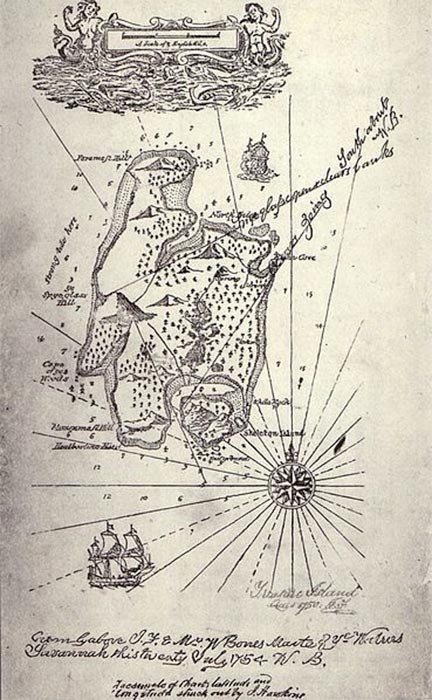
Where X Marks The Spot: Rare Ancient Treasures, Codes and Cryptic Clues
Treasure legends sometimes have a kernel of truth, but are then exaggerated, embellished and transformed, told over and over again until the facts fade and leave only fantastical tales, but look hard enough and relics of the truth may rarely be found. This is the innermost belief of certain diehards who search for lost ancient treasures, decoding symbols, lines, codes and notes on maps, often scribbled in mysterious languages, while they dedicate their lifetimes to overcoming obstacles, obsessing about what might be the hidden “where X marks the spot”.

Perhaps the epitome of fictional treasure maps, created by Robert Louis Stevenson and published in ‘Treasure Island’. From the first German edition in 1883, ‘where the X-marks the spot’ archetype was born. (Public Domain)
While fiction is awash with treasure maps, in real life, archaeologists and historians have only ever found a handful of texts, scrolls, carvings and maps that can be considered as probably authentic, and the following three examples are not without controversy, each one having its hardcore of believers and skeptics.





